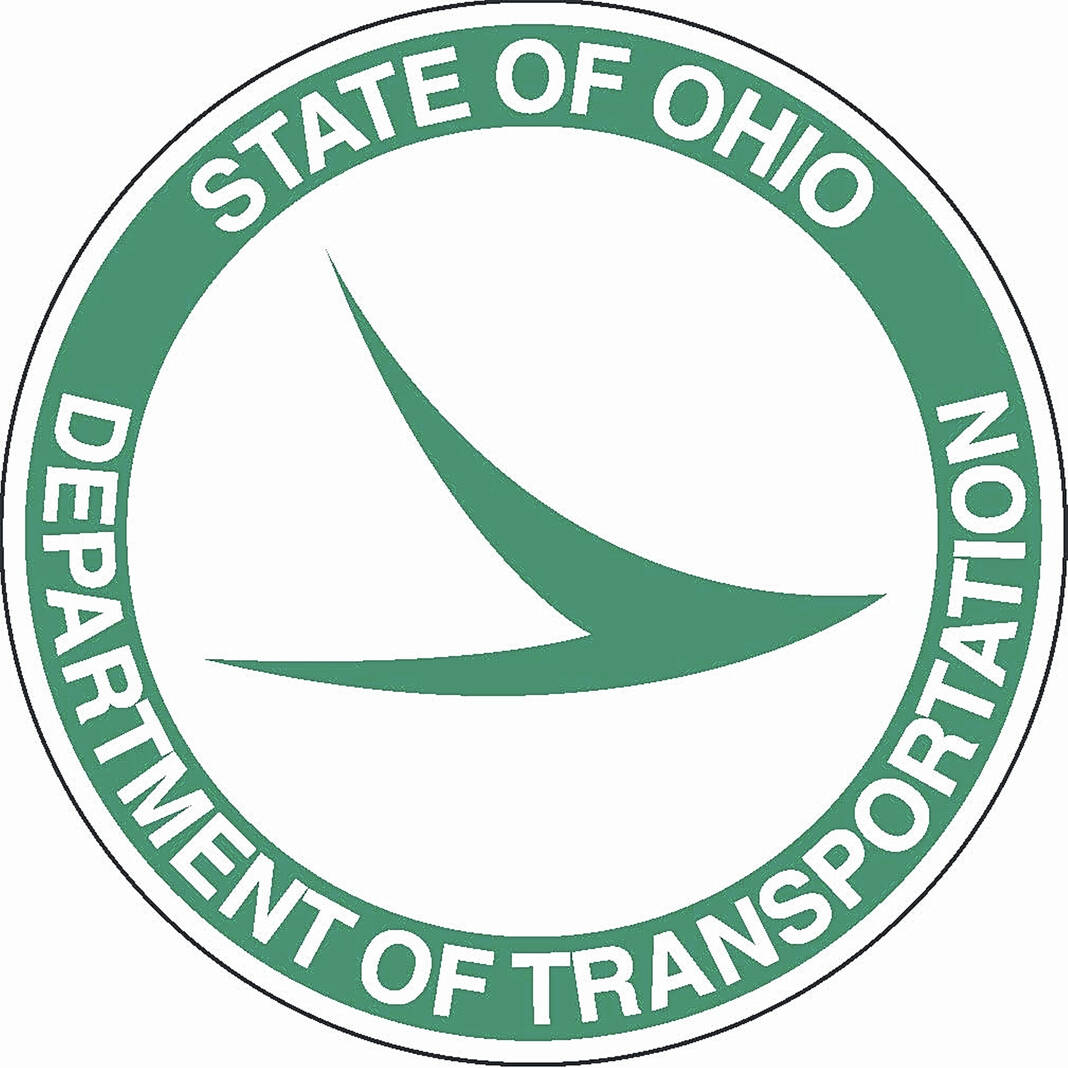
A summary of the Route 23 Connect: Delaware Regional Connection Study showed that doing nothing was the second-best option among the seven presented to the public.
The 10-page “Preliminary Feasibility Study Executive Summary” is now available online after an announcement Monday by the Ohio Department of Transportation that none of the concepts will be advanced.
“This study concludes that all of the proposed concepts for a fully free-flowing connection between Waldo and I-270 would substantially impact natural and cultural resources, and would cost much more than they provide in benefit,” the summary said. “As a result, none of the proposed concepts, as presented, are feasible to advance for further study.”
Seven concepts were discussed by ODOT in presentations to the public since the study was announced. They included no-build, upgrading existing U.S. 23 to free-flow (C1), two new freeway connections to U.S. 33 to the west (W1 and W2), and three new freeway connections to I-71 to the east (E1, E2, and E3).
“Concepts were compared using a variety of metrics,” the summary said. The 18 metrics were reduce travel times, improve travel time reliability, free-flow connection between Waldo and I-70, improve safety, improve through congestion, improve local congestion, community effects along existing through routes, farmland impacts, park and recreational impacts, impact to water sources, other natural resources, displacements, potential impacts to underserved populations, community effects outside of through routes, construction costs, right-of-way acreage, regional travel time user benefit and funding/phasing.
Each metric was weighted equally, with scores from 3 (most desirable) to 0 (neutral) to -3 (least desirable), with all seven concepts having their advantages and deficiencies in various metrics.
Overall, the C1 concept had the most positives (27), followed closely by no-build (26). Concept E1 was third-best (14), followed by E2 and E3 (13 each). Those three were better than concepts W1 and W2 (11 each). Concept C1 also had the fewest negatives (-13), followed by W1 (-17), W2 (-19), E1 (-22), E2 (-23), and a tie between E3 and no-build (-24).
Tallying the positives and the negatives, C1 ended with a positive score of 14, with no-build a distant second with a 2. The other concepts all ended with negative scores: W1 (-6), W2 and E1 (-8 each), E2 (-10) and E3 (-11). Yet despite its score, the two major negatives for C1 could be considered the most important factors among the metrics — community impacts and costs.
As a result of the study, ODOT said it will talk to the public about “transportation concerns and priorities along the existing U.S. 23 corridor in more detail” in the coming months. They will prioritize needs along the existing route “and develop individual projects, providing drivers with real benefits sooner rather than later.”
The executive summary can be viewed at www.publicinput.com/23connect under the documents section.


